-
 Bitcoin
Bitcoin $83,581.5964
-1.31% -
 Ethereum
Ethereum $1,827.0061
-2.95% -
 Tether USDt
Tether USDt $0.9998
0.00% -
 XRP
XRP $2.0572
-2.12% -
 BNB
BNB $600.6352
-0.50% -
 Solana
Solana $120.4741
-3.43% -
 USDC
USDC $0.9998
0.00% -
 Dogecoin
Dogecoin $0.1664
-3.04% -
 Cardano
Cardano $0.6531
-2.78% -
 TRON
TRON $0.2370
-0.47% -
 Toncoin
Toncoin $3.7850
-5.03% -
 Chainlink
Chainlink $13.2476
-3.86% -
 UNUS SED LEO
UNUS SED LEO $9.3960
-0.18% -
 Stellar
Stellar $0.2662
-1.01% -
 Sui
Sui $2.4099
1.77% -
 Avalanche
Avalanche $18.7876
-2.88% -
 Shiba Inu
Shiba Inu $0.0...01237
-0.55% -
 Hedera
Hedera $0.1663
-0.15% -
 Polkadot
Polkadot $4.0579
-1.23% -
 Litecoin
Litecoin $83.8022
0.76% -
 MANTRA
MANTRA $6.3807
2.55% -
 Bitcoin Cash
Bitcoin Cash $304.1581
-0.61% -
 Bitget Token
Bitget Token $4.5514
-1.22% -
 Dai
Dai $1.0000
0.01% -
 Ethena USDe
Ethena USDe $0.9999
0.00% -
 Pi
Pi $0.6648
-3.97% -
 Hyperliquid
Hyperliquid $12.4497
-5.55% -
 Monero
Monero $214.6449
-2.17% -
 Uniswap
Uniswap $6.0261
-2.31% -
 Aptos
Aptos $5.2625
-0.45%
Where can I find the lowest fee trading platform for USDT?
Researching USDT trading platforms is key; fees vary by volume, order type, payment method, and location. Always check current fee schedules on exchange websites.
Mar 31, 2025 at 05:43 pm

Finding the lowest fee trading platform for Tether (USDT) requires careful research, as fees can vary significantly depending on several factors. There isn't one single "lowest" platform universally applicable to everyone, as the best option depends on your trading volume, preferred exchange features, and geographic location. This article explores various aspects to help you find a suitable platform.
Understanding USDT Trading Fees
Trading fees are a crucial factor when choosing a platform. These fees are typically charged as a percentage of the transaction value or as a flat fee per trade. Some platforms also charge withdrawal fees, which are separate from trading fees. It's essential to understand the fee structure before committing to a platform. Always check the fee schedule on the exchange's website. Hidden fees or unexpected charges can significantly impact your profitability.
Factors Influencing USDT Trading Fees
Several factors influence the fees you'll pay when trading USDT. Trading volume often impacts fees, with many exchanges offering tiered fee structures where higher trading volumes result in lower fees per trade. The type of order also matters; limit orders (placing an order at a specific price) usually have lower fees than market orders (buying or selling at the current market price). Payment method can also influence fees; using certain payment gateways might incur additional charges. Finally, geographic location plays a role, as regulatory requirements and local market conditions can influence fee structures.
Popular Exchanges and Their Fee Structures (Illustrative Examples)
It's impossible to definitively say which exchange has the absolute lowest fees at any given time, as fees fluctuate. However, we can explore some popular platforms and their general fee structures. Remember to check their current fee schedules independently before making any decisions.
Binance: Binance is known for its generally low trading fees, particularly for high-volume traders. Their fee structure is tiered, meaning fees decrease as your trading volume increases. They also offer a VIP program with even lower fees for high-volume users. However, withdrawal fees can vary depending on the cryptocurrency and the network used.
Kraken: Kraken is another popular exchange with competitive fees. They also offer a tiered fee structure, rewarding higher trading volumes with lower fees. Their fee schedule is transparent and readily available on their website. Like Binance, withdrawal fees are dependent on the cryptocurrency and network.
KuCoin: KuCoin is a cryptocurrency exchange that offers a variety of trading pairs, including USDT pairs. They also have a tiered fee structure, and their fees are generally competitive. Check their website for the most up-to-date information on fees and fee reductions.
OKX: OKX is a large exchange offering a range of trading options. They also operate on a tiered fee structure, meaning that higher trading volume translates to lower fees. Withdrawal fees can vary.
Huobi Global: Huobi Global is another established exchange with a large user base. Their fee structure is often competitive, though it's crucial to verify their current fees on their platform before trading.
It is crucial to understand that these are just examples, and fees are subject to change. Always confirm the current fee structure on the exchange's official website.
Beyond Trading Fees: Other Important Considerations
While low fees are important, they shouldn't be the sole deciding factor. Consider these aspects:
Security: Choose a platform with a strong security track record and robust security measures to protect your assets.
Liquidity: High liquidity ensures you can easily buy and sell USDT without significant price slippage.
User Interface: A user-friendly interface is essential for a smooth trading experience.
Customer Support: Reliable customer support is crucial in case you encounter any issues.
Regulatory Compliance: Ensure the exchange is compliant with relevant regulations in your jurisdiction.
Remember to thoroughly research each platform before depositing any funds.
Frequently Asked Questions
Q: Are there any fee-free USDT trading platforms?
A: While some platforms might advertise extremely low fees, completely fee-free trading is rare in the cryptocurrency space. Most platforms need to generate revenue to cover operational costs. "Low fees" often refer to competitive fee structures compared to other exchanges.
Q: How do I find the most up-to-date fee information?
A: Always check the official website of the exchange you are considering. Look for a section dedicated to "fees," "pricing," or "fee schedule." The information there will be the most current and accurate.
Q: Do fees vary depending on the cryptocurrency pair?
A: While the focus is on USDT, fees can vary slightly even within the same exchange, depending on the specific cryptocurrency pair you're trading. For example, trading USDT/BTC might have a slightly different fee than trading USDT/ETH.
Q: Can I negotiate trading fees with an exchange?
A: Generally, you cannot negotiate individual trading fees. However, many exchanges offer tiered fee structures, where your fees decrease automatically as your trading volume increases. Some exchanges also have VIP programs with reduced fees for high-volume traders.
Q: Are there any hidden fees I should be aware of?
A: Be wary of hidden fees. Always carefully review the complete fee schedule before using a platform. Hidden fees might be associated with deposits, withdrawals, or specific order types. Transparency in fee disclosure is a key factor to consider.
Q: What if I encounter a problem with fees charged by an exchange?
A: If you believe you've been incorrectly charged fees, contact the exchange's customer support immediately. Provide them with details of the transaction and the discrepancy. Keep records of all your transactions and communications with the exchange.
Disclaimer:info@kdj.com
The information provided is not trading advice. kdj.com does not assume any responsibility for any investments made based on the information provided in this article. Cryptocurrencies are highly volatile and it is highly recommended that you invest with caution after thorough research!
If you believe that the content used on this website infringes your copyright, please contact us immediately (info@kdj.com) and we will delete it promptly.
- RUVI AI Revolutionizes AI Accessibility with Blockchain Power
- 2025-04-03 11:15:12
- Fidelity Investments Introduces an IRA That Permits Investors to Buy Bitcoin, Ether, and Litecoin
- 2025-04-03 11:15:12
- Whale Alert Detects a Large Bitcoin Transfer Involving 1050 BTC from Binance to an Unknown Wallet
- 2025-04-03 11:10:12
- Democratic Lawmakers Ask US Securities Regulator to Preserve Records of President Trump's Crypto Venture
- 2025-04-03 11:10:12
- Curve Finance Notches Record-Breaking Trading Volumes of Nearly $35 Billion in the First Quarter of 2025
- 2025-04-03 11:05:13
- Coinlist restarts US operations after five-year hiatus
- 2025-04-03 11:05:13
Related knowledge
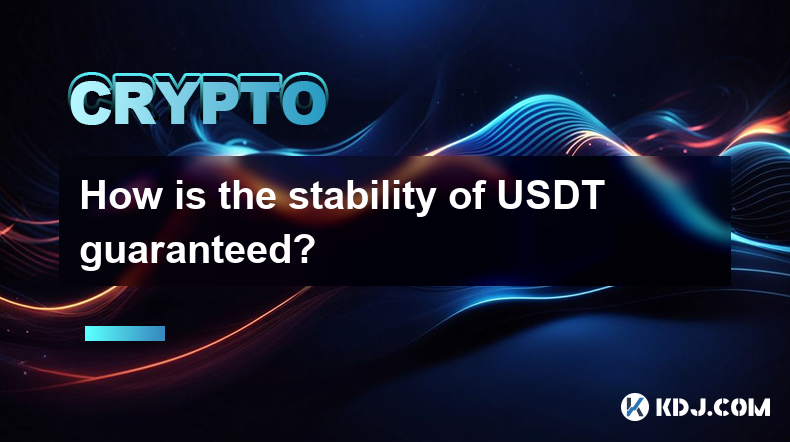
How is the stability of USDT guaranteed?
Apr 03,2025 at 06:00am
The stability of USDT, also known as Tether, is a critical aspect that underpins its role as a stablecoin in the cryptocurrency market. USDT is designed to maintain a 1:1 peg with the US dollar, which is achieved through a combination of mechanisms and practices. Understanding these elements is essential for anyone interested in the stability and reliab...
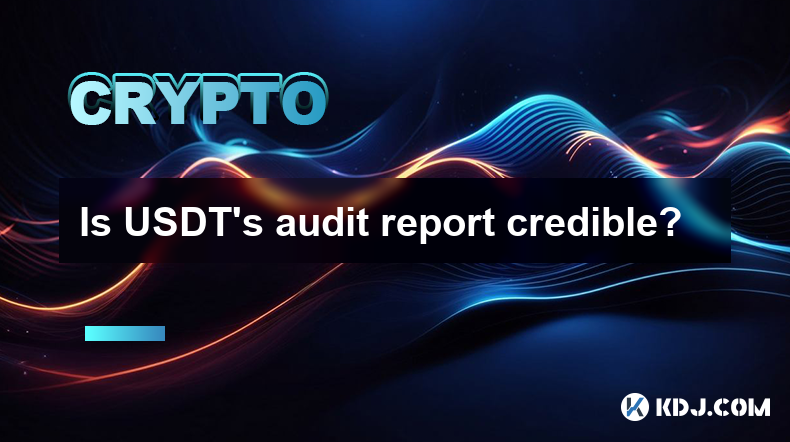
Is USDT's audit report credible?
Apr 02,2025 at 03:00pm
The credibility of USDT's audit report is a topic of significant interest and debate within the cryptocurrency community. USDT, or Tether, is a stablecoin that claims to be backed 1:1 by traditional fiat currencies, primarily the US dollar. The company behind USDT, Tether Limited, periodically releases audit reports to assure users of its solvency and t...
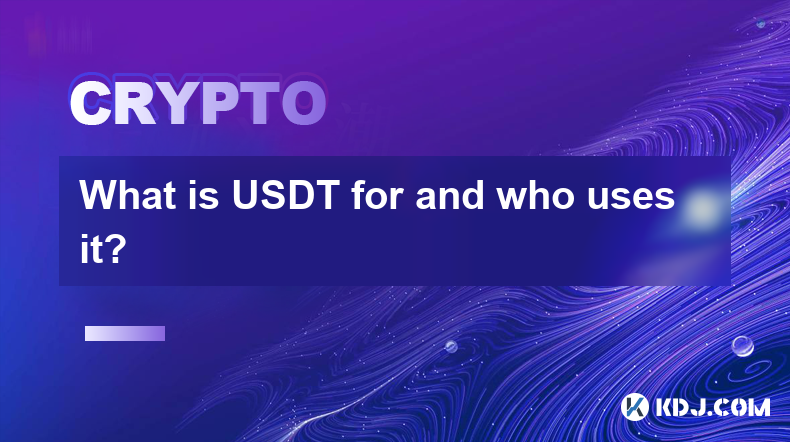
What is USDT for and who uses it?
Mar 31,2025 at 01:54pm
What does USDT do? Who can use it? USDT: The purpose of stablecoins and user groupsUSDT, full name Tether, is a stablecoin pegged to the US dollar. This means that 1 USDT should theoretically always be worth $1. Its main function is to provide a relatively stable store of value and trading medium in the cryptocurrency market, reducing the risks brought...
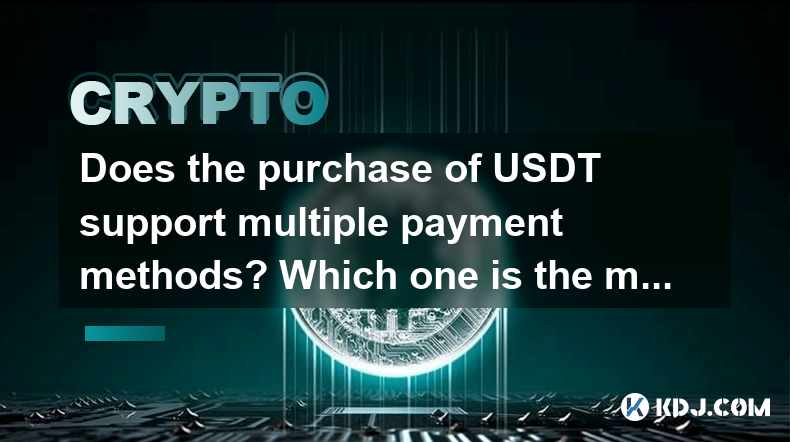
Does the purchase of USDT support multiple payment methods? Which one is the most cost-effective?
Mar 28,2025 at 04:56pm
Exploring USDT Purchase Options and CostsThe purchase of Tether (USDT), a popular stablecoin pegged to the US dollar, offers various payment methods, each with its own associated costs and benefits. The availability of specific methods depends heavily on the exchange or platform you choose. There's no single 'best' method, as cost-effectiveness is rela...
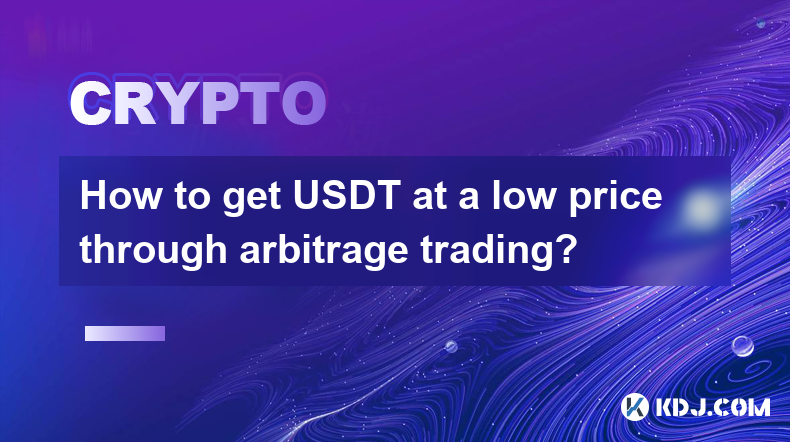
How to get USDT at a low price through arbitrage trading?
Mar 27,2025 at 08:14pm
Understanding Arbitrage Trading for USDTArbitrage trading exploits price discrepancies of the same asset across different exchanges. In the context of USDT (Tether), this means buying USDT on one exchange where it's cheaper and selling it on another where it's more expensive, profiting from the difference. This requires speed, efficiency, and access to...
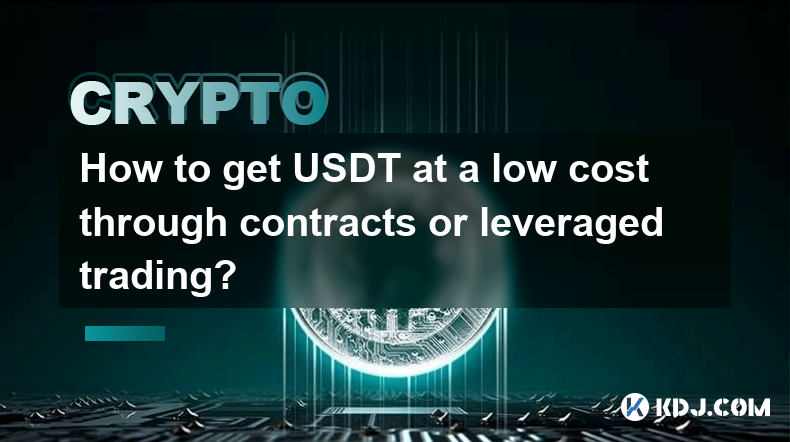
How to get USDT at a low cost through contracts or leveraged trading?
Mar 31,2025 at 06:36pm
Understanding the Risks and Potential RewardsLeveraged trading and contracts, while offering the potential to acquire USDT at a lower cost, involve significant risk. It's crucial to understand that you can lose more than your initial investment. These strategies are not suitable for inexperienced traders or those with a low risk tolerance. Profiting fr...

How is the stability of USDT guaranteed?
Apr 03,2025 at 06:00am
The stability of USDT, also known as Tether, is a critical aspect that underpins its role as a stablecoin in the cryptocurrency market. USDT is designed to maintain a 1:1 peg with the US dollar, which is achieved through a combination of mechanisms and practices. Understanding these elements is essential for anyone interested in the stability and reliab...

Is USDT's audit report credible?
Apr 02,2025 at 03:00pm
The credibility of USDT's audit report is a topic of significant interest and debate within the cryptocurrency community. USDT, or Tether, is a stablecoin that claims to be backed 1:1 by traditional fiat currencies, primarily the US dollar. The company behind USDT, Tether Limited, periodically releases audit reports to assure users of its solvency and t...

What is USDT for and who uses it?
Mar 31,2025 at 01:54pm
What does USDT do? Who can use it? USDT: The purpose of stablecoins and user groupsUSDT, full name Tether, is a stablecoin pegged to the US dollar. This means that 1 USDT should theoretically always be worth $1. Its main function is to provide a relatively stable store of value and trading medium in the cryptocurrency market, reducing the risks brought...

Does the purchase of USDT support multiple payment methods? Which one is the most cost-effective?
Mar 28,2025 at 04:56pm
Exploring USDT Purchase Options and CostsThe purchase of Tether (USDT), a popular stablecoin pegged to the US dollar, offers various payment methods, each with its own associated costs and benefits. The availability of specific methods depends heavily on the exchange or platform you choose. There's no single 'best' method, as cost-effectiveness is rela...

How to get USDT at a low price through arbitrage trading?
Mar 27,2025 at 08:14pm
Understanding Arbitrage Trading for USDTArbitrage trading exploits price discrepancies of the same asset across different exchanges. In the context of USDT (Tether), this means buying USDT on one exchange where it's cheaper and selling it on another where it's more expensive, profiting from the difference. This requires speed, efficiency, and access to...

How to get USDT at a low cost through contracts or leveraged trading?
Mar 31,2025 at 06:36pm
Understanding the Risks and Potential RewardsLeveraged trading and contracts, while offering the potential to acquire USDT at a lower cost, involve significant risk. It's crucial to understand that you can lose more than your initial investment. These strategies are not suitable for inexperienced traders or those with a low risk tolerance. Profiting fr...
See all articles
























































































